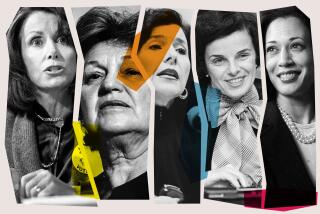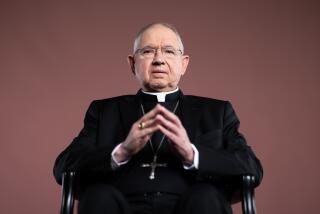Pope Francis begins new decade as ‘a bit of a Californian.’ That means lots of love — and hate
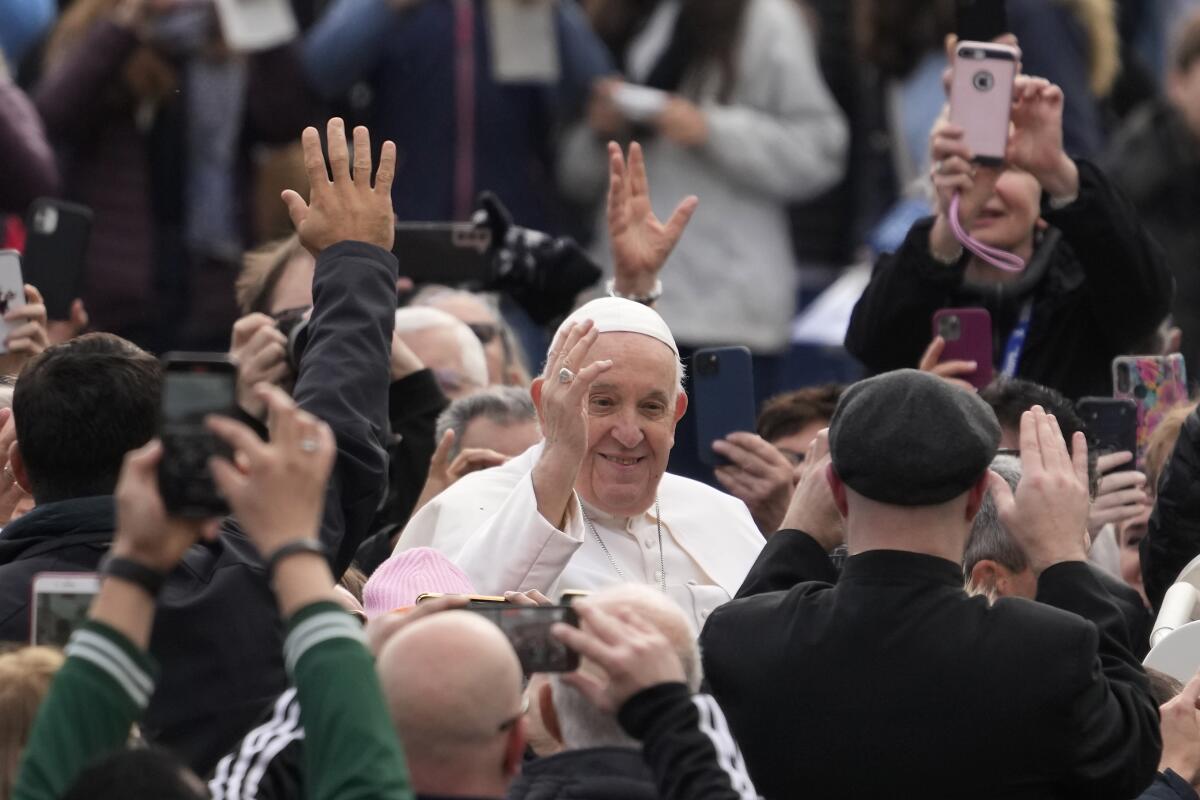
Sitting in her family home in East Los Angeles, Rosa Manriquez kept her eyes on the TV screen as a flood of white smoke came pouring out of the roof of the Sistine Chapel 6,300 miles away — a century-old signal that the cardinals of the Roman Catholic Church had chosen a new leader.
Manriquez, now 70, is the mother of two lesbian daughters who supports female ordination to the priesthood. On that day, 10 years ago, she waited impatiently to see who would emerge from behind the red curtain on a Vatican balcony as the head of the church she both loved and struggled against.
“So I see this man come out, and I think, ‘There’s something different about this guy,’” she said. “And then I was like, ‘He’s Latino! Oh my God!’”
A decade later, Manriquez says she does not agree with everything Jorge Mario Bergoglio, the former archbishop of Buenos Aires now known as Pope Francis, has said and done. But like many Californians, she has come to respect and even love him.
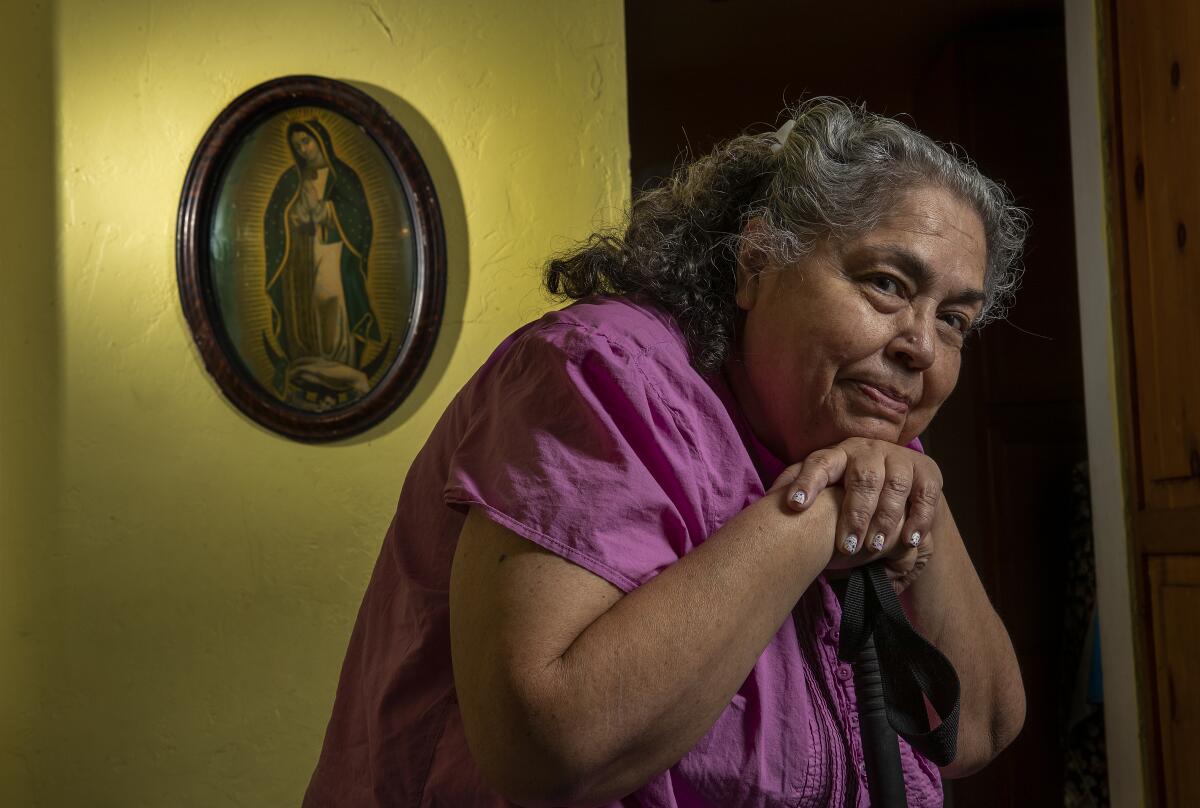
“I’m not declaring him a saint; I’m not into titles,” she said. “But I think this is the first pope since John XXIII who, rather than saying, ‘Your holiness,’ I would say, ‘My brother.’”
After Pope Benedict XVI resigned in February 2013, Paul Baumann, former editor of Commonweal Magazine, wrote that he hoped the next pontiff would be “a bit of a Californian” — sun-nier, more optimistic and more willing to engage with the modern world than his recent predecessors. It was a statement that turned out to be prophetic.
In many ways, Pope Francis is a buzzy pontiff in the California style. And being a California anything means getting lots of love — and lots of derision and disdain.
He has clashed with the state’s most powerful Catholic leaders — including José Gomez, archbishop of Los Angeles, the largest Catholic diocese in America, and Salvatore Cordileone, archbishop of San Francisco — on the issue of denying communion to political leaders who support abortion rights.
But he is also the first pope to hail from Latin America, a point of pride and connection for many Catholics in a state that is roughly 40% Latino, and he has consistently refused to remain stuck in the hierarchical, traditionalist thinking that has characterized the church’s bureaucracy at the Vatican.
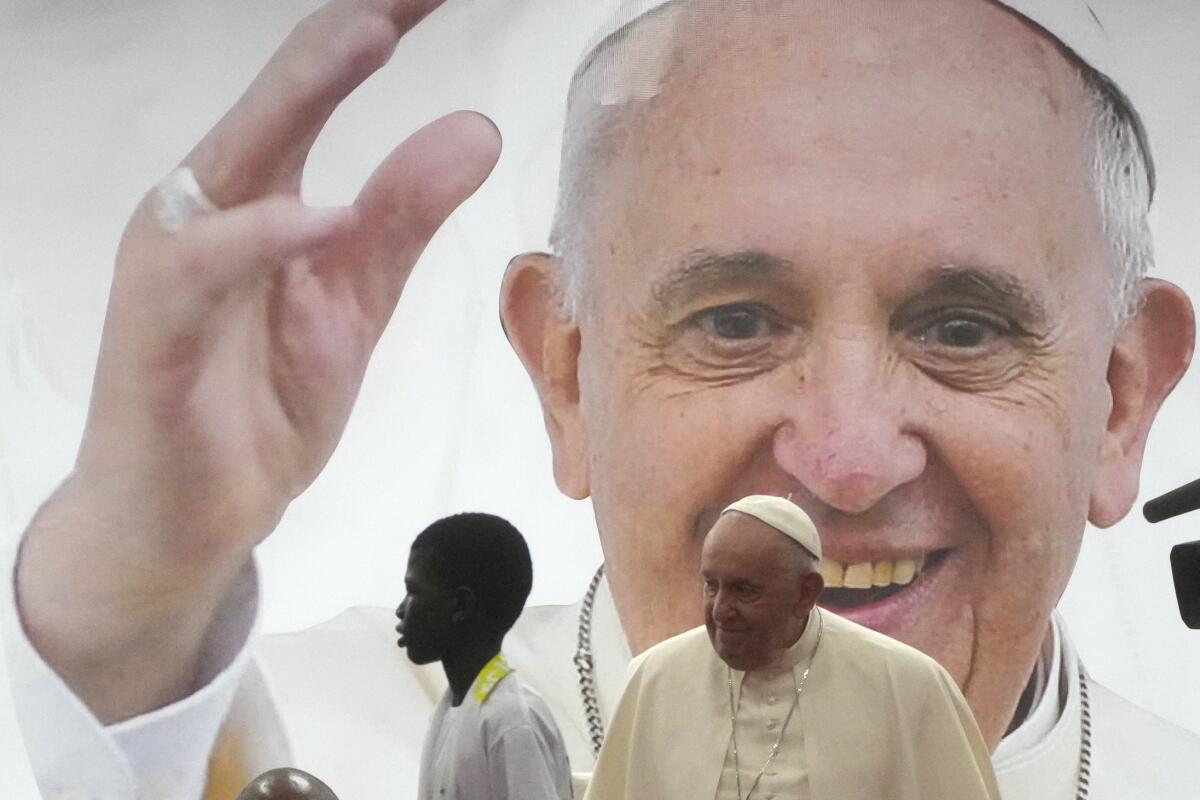
He has prioritized the environment and the poor, struck a more welcoming tone with LGBTQ Catholics, and appointed more women to leadership roles in the Vatican than any pope before him — demonstrating a commitment to values many Californians share. It’s a stance that has gained him enmity.
“The church is on the move, and some people don’t want to be on the move,” said Father Allan Deck, a scholar of theology and Latino studies at Loyola Marymount University. “They want to remain where they are.”
Immediately after his election on March 13, 2013, it was clear the pope “from the end of the world” would be doing things a different way. He paid his hotel bill in
person and then refused the ornate papal penthouse in favor of a more modest two-bedroom apartment. Just months into his papacy, he famously answered a journalist’s question about gay priests with another question: “Who am I to judge?”
More recently, he launched a global synod, or listening process, that encourages the laity to share their thoughts, dreams and hopes about the future of the church.
“He’s much more relatable than any pope in the recent past,” said Jacqueline Powers Doud, president emerita of Mount St. Mary’s College in Los Angeles. “I think he’s trying to embrace people with love and mercy, and that’s a more winning approach than condemning.”
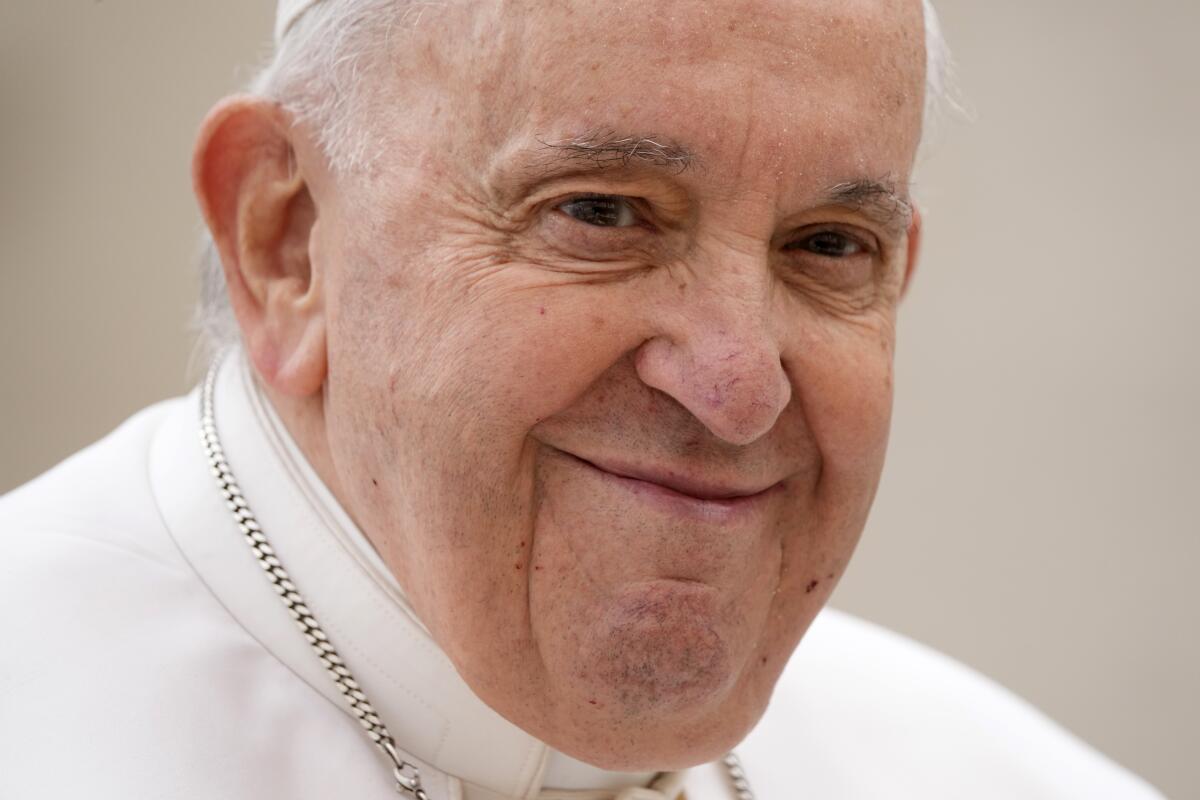
Catholic social justice leaders across the state say they have been inspired by his depiction of the church as a field hospital that serves the wounded and marginalized of the world. Spiritual seekers say his emphasis on spirituality and discernment — developing a relationship with God and letting that guide one’s way forward — has supported them as they travel their own inner paths.
It may be tempting in a progressive state to claim the pope as a liberal, but experts advise against it. In fact, he has disappointed those who hoped he would do more to support women’s ordination, LGBTQ Catholics and survivors of sexual abuse by priests.
“The reality is, if you listen closely enough, Pope Francis challenges both liberals and conservatives,” said John Gehring, Catholic program director for Faith in Public Life, an advocacy organization based in Washington, D.C., and author of “The Francis Effect: A Radical Pope’s Challenge to the American Catholic Church.”
“He really hasn’t changed anything as far as doctrine,” Doud said. “There are people who wish he would, regarding women priests, married priests, celibacy and all that. And then there are people who think he’s gone too much in the direction of leniency and mercy.”
In California, his leadership has been felt in his selection of bishops and
cardinals across the state. He promoted to cardinal San Diego Bishop Robert McElroy, author of a recent essay on radical inclusion in the church, passing over the more conservative “culture warriors” Gomez and Cordileone.
“People are tired of being judged by the church, and Francis gets that,” said Michael Sean Winters, a columnist at the National Catholic Reporter. “He doesn’t ask people 10 questions before allowing them to come in and [saying they’re] worthy.”
Francis was also responsible for elevating the beloved and recently killed Auxiliary Bishop David G. O’Connell, who served parishes in South L.A. and was committed to supporting the most vulnerable people around him.
Like Francis, O’Connell’s actions came not out of a progressive ideology, but out of faith, Deck said.
“Faith, unlike ideology, is radically open because we’re trying to understand God, and God is beyond all ability for us to understand,” he said.
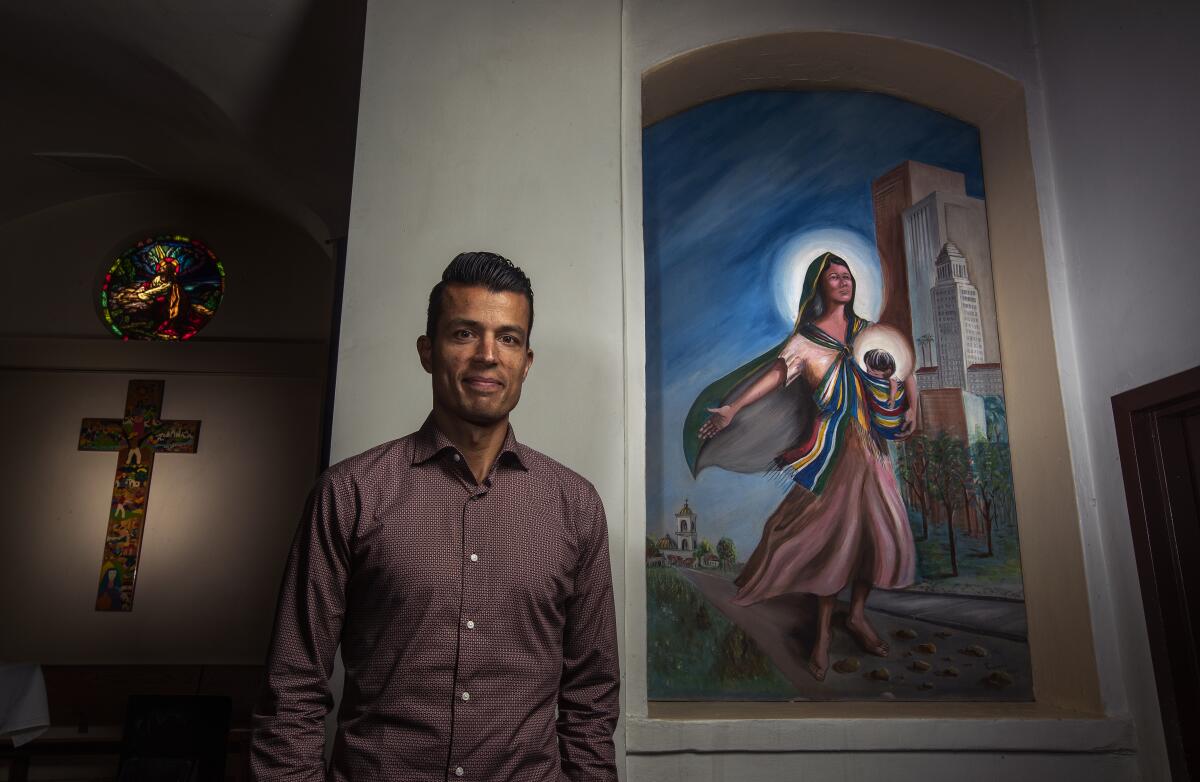
Joseph Tomás McKellar, director of Pico California, a large faith-based community organizing network, said Francis had helped deepen his own sense of faith as a Catholic.
“What the pope is calling us to is a reexamination of what it means to be a church,” said the 41-year-old Highland Park resident. “For a lot of church history, the church is understood as the institution, the building, the sanctuary. But the pope is trying to turn that on its head. He says the church is the people, the body of Christ.”
McKellar had a one-on-one conversation with Francis in 2019, after being invited by Cardinal Michael Czerny to the Vatican to participate in a meeting of leaders from around the world who were working on human-trafficking issues that affect migrants and refugees.
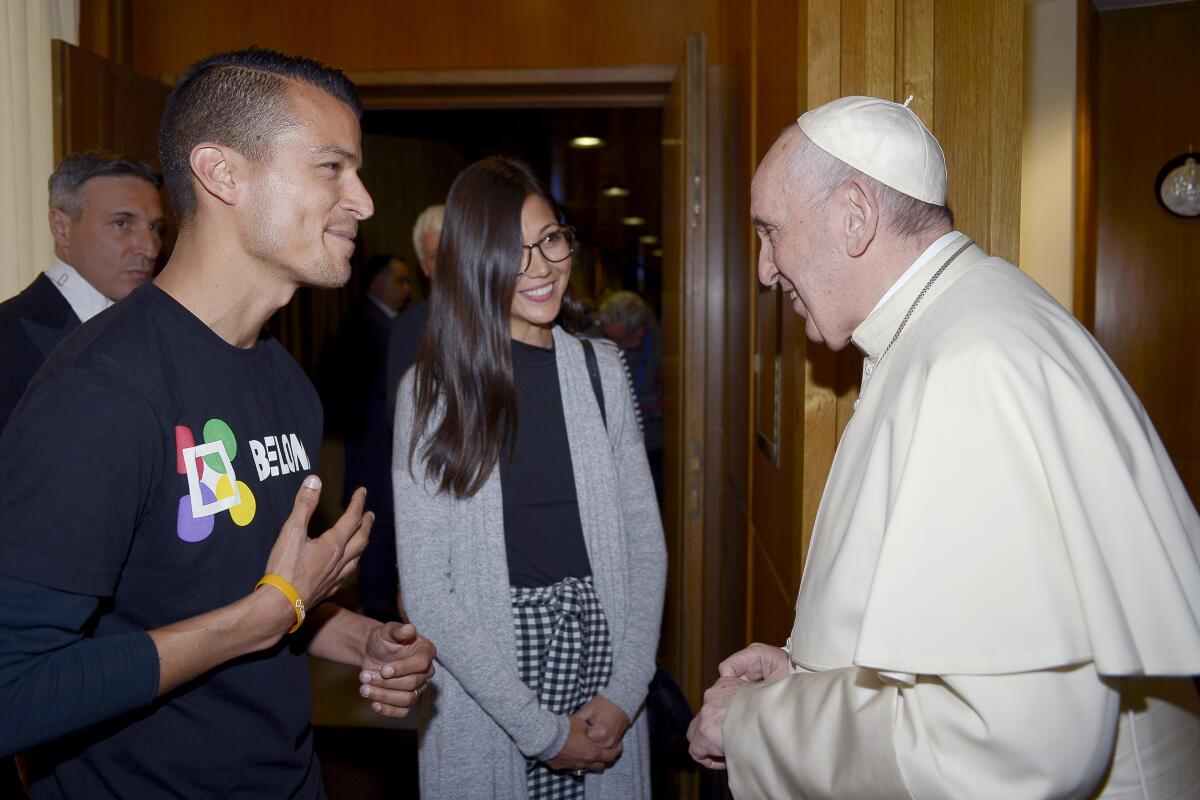
His heart racing, McKellar greeted the pontiff in Spanish and presented him a card with a picture of Mary and Jesus as a migrant mother and child, leaving a pueblo in Latin America and heading to Los Angeles. It’s a fresco at his church, Dolores Mission Church in East L.A. Then, he asked the pope for words of encouragement to share with those who work alongside the most excluded and marginalized in California.
The pope leaned in close to McKellar and tapped him on the chest. In Spanish, he said, “Stay close to the people. Stay close to the people. You have to listen deeply for what the people are yearning for and allow them to teach you. Stay close to the people.”
The pope leaned back and McKellar put his hand on his chest. “Gracias, Padre,” he said.
“I got super emotional,” he said. “I was overwhelmed.”
Bishop Jane Via, 75, of San Diego has a more complicated view of Francis. Via was ordained as a priest in 2006 through an organization called Roman Catholic Womenpriests, and became bishop through the same group in 2017. (She was excommunicated from the Catholic Church as a result.)
She and a former Orange County priest started Mary Magdalene Apostle Catholic Community in San Diego, where she presides at Sunday Mass for roughly 70 people, in person and online.
Overall, Via sees Francis as a refreshing and welcome new face in the papacy — more open, more real and less engaged with orthodoxy than his predecessor, Benedict.
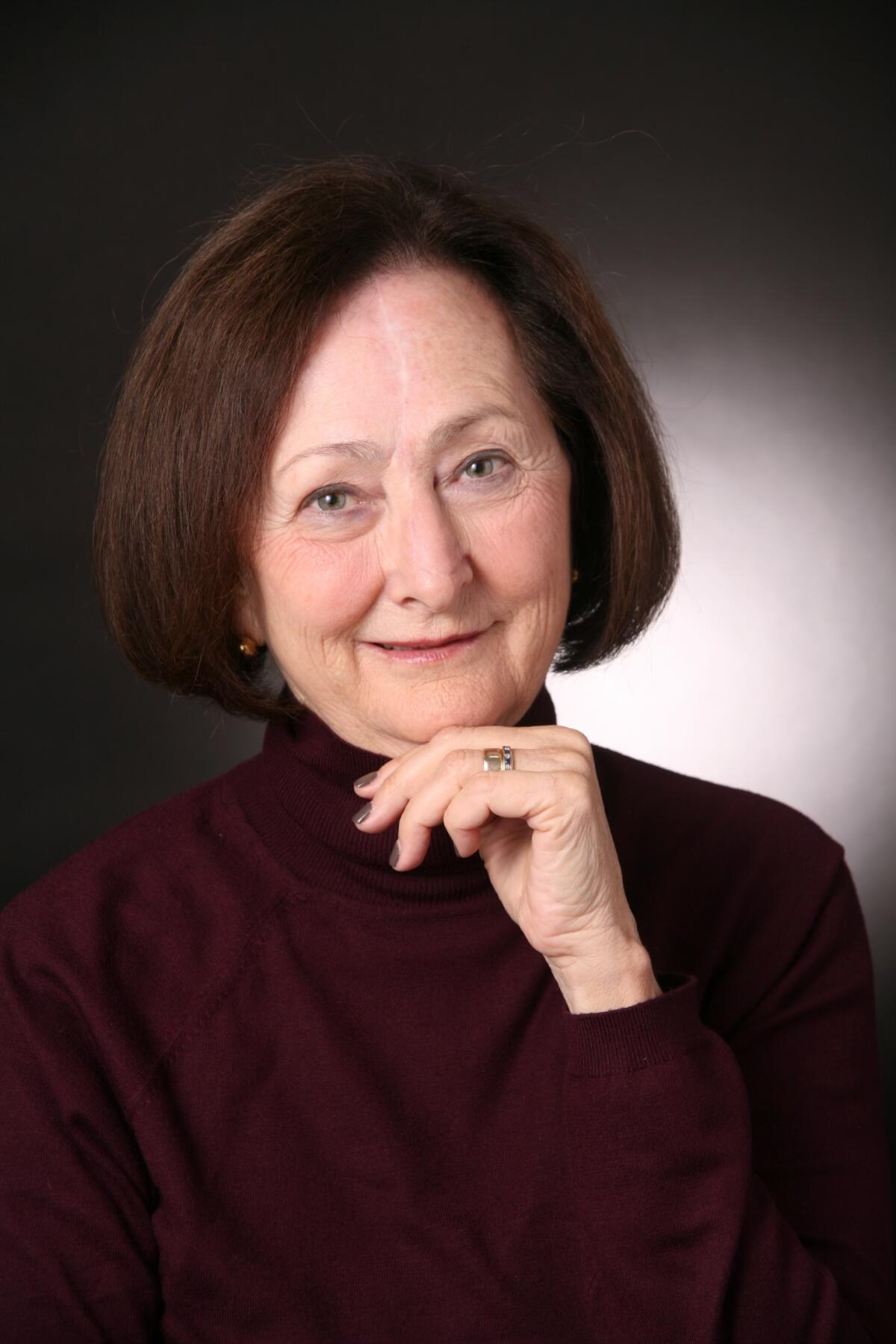
“He’s not a pope who is afraid to say he’s sorry for the wrongs of the Catholic Church, of which there have been many,” she said. “But one of them is the way women have been treated, and he hasn’t apologized for that yet.”
The pope established a commission in 2016 to study whether women should be ordained as deacons, but he has been clear that he believes they can never enter the priesthood. (Six in 10 American Catholics disagree with him and say the church should allow female priests, according to a 2015 Pew Research Center poll.)
Via says she finds the pope’s position disappointing but not surprising. She had hoped for more.
“If he was to say that women are equal to men and can hold any office in the church that a man could hold, there would be a huge backlash — but also the change would begin,” she said.
Melanie Sakoda, a survivor support coordinator in the Bay Area for SNAP, the Survivors Network of those Abused by Priests, is also disappointed with Francis’ leadership.
“He talks a better game than a lot of the other popes,” said Sakoda, who is not Catholic but works primarily with Catholics who have been abused. “But I don’t see any fundamental change in the way clergy sexual abuse is treated by the Catholic Church at this time.”
She noted that in 2019, the pope established Vos Estis Lux Mundi, a church law to hold bishops accountable for the handling of sexual abuse cases, but said it wasn’t clear how effective it had been.
Abuse survivors were upset with Francis’ defense of Bishop Juan Barros of Chile, who was accused of covering up abuse by Father Fernando Karadima, his mentor. The pontiff later apologized to the survivors, acknowledging that he had “made grave errors in assessment and perception of the situation.” But for Sakoda and others, his initial reaction — which included accusing the survivors of “calumny,” or slander — revealed what they believe is his true allegiance — protecting the church’s hierarchy.
“After the attacks on the Chilean victims, it was sort of like, ‘Oh, there’s nothing new to see here,’” she said.
Still, most Catholics in California look upon the leader of their church with affection.
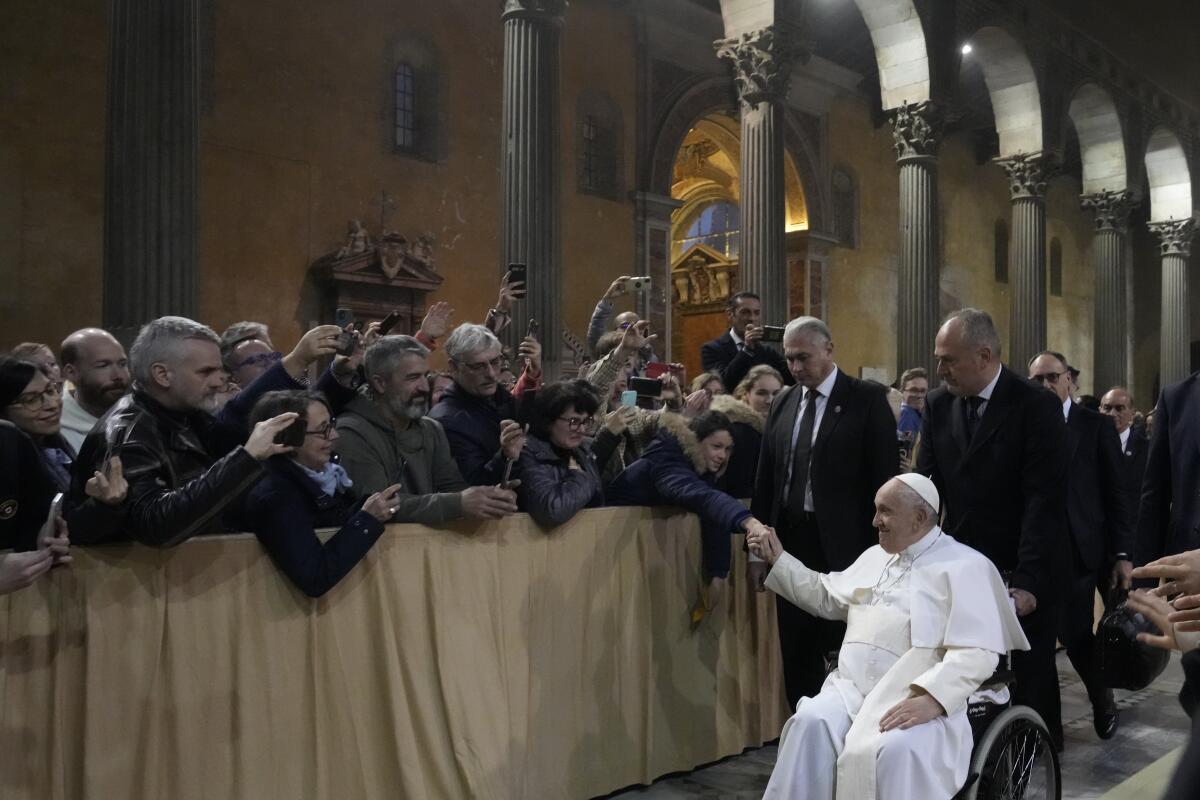
Sister Margarita Rico, a member of the Order of the Servants of Mary in Los Angeles, said the pope seems “very coherent with his life.” When he lived in Argentina, he didn’t have a car, and rode the bus instead; and he travels to places rife with conflict like the Democratic Republic of Congo.
“He is always preaching peace, unity and an end to violence,” she said. “He wants to keep the human dignity of each individual, because we are all the sons and daughters of God.”
Lori Stanley, executive director of the Loyola Institute for Spirituality in Orange, said that along with Pope John Paul II, Pope Francis has been a guiding figure to her as she continues to deepen her relationship with God.
As the first Jesuit pope, Francis is steeped in the same Ignatian spirituality that Stanley practices and teaches in parishes and on retreats around Southern California.
“Ignatian spirituality is inclusive, and it is always striving to find God in the picture,” she said. “I try to find God in all people and all situations, and I see Pope Francis doing that too.”
Manriquez would like to see the pope go further than he has.
“A lot of us — alpha females, alpha males, prophets, badass chingones — we want to see people to do more,” she said. “But I figure he is a creation of the time we are living in, and I trust God he is doing the best he can.”
Still, she wishes the pope would more proactively break down the church’s old hierarchical structures and open it up to those who have too often been excluded.
That he would, in other words, be less Rome, more California.
More to Read
Sign up for Essential California
The most important California stories and recommendations in your inbox every morning.
You may occasionally receive promotional content from the Los Angeles Times.

